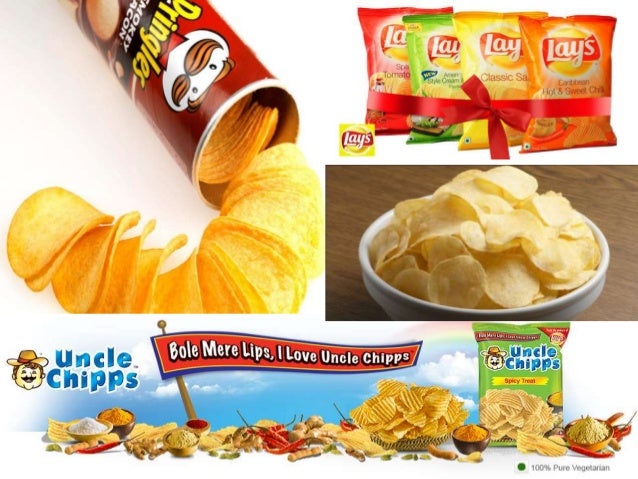
Sambar is a lentil based south Indian vegetable curry with tamarind and a unique blend of spices. A meal is incomplete without sambar for south Indians.
History of sambar traces to Sambhaji, Maratha ruler Chhatrapati Shivaji's son. The legend goes like once he tried to cook a dal dish himself when his head chef was away. He added tamarind to it and the royal kitchen dared not to correct him as tamarind was not added to dal. Thus was the birth of a new dish 'Sambar' invented by Sambhaji. Today each region has its own recipes with ingredients.
Sambar is a curry that is high in protein, full of fiber, antioxidant-packed and easy to digest.
👀A pre-clinical study published in pharmacognosy pharmacy magazine in 2016 says the Indian dish Sambar prevents the development of dimethyl hydrazine induced colon cancer.👀
Mostly in households, sambar is cooked for breakfast and taken for lunch. Sometimes it's prepared in large quantities to be stored and served for the next day's meal. If flavours are found to be lost or diminished or if the quantity is insufficient, the sambar is modified with a dash of spices and vegetables (mostly tomatoes). Also, the oil used for tempering may reach the smoking point(it's a point when the oil starts to emit smoke) before the mustard crackles. This is the most common routine in most of the household.
These routines can turn healthy food into a toxic one due to the following reasons:-
1. The vegetables which furnish nutrients to the sambar deplete during refrigeration and reheating process.
2. The vegetables add flavour to sambar. This flavour will not be the same from the freshly cooked sambar and a day old's reheated one. To regain the flavour additional spices are used while reheating. This sambar can give you extreme acidity or stomach upset.
3. The oil used can go rancid (When food gets too much exposure to heat, oxygen or moisture, the fats get broken down making the food unpleasant and toxic) due to repeated refrigeration and reheating.
4. Rancidity can also happen if the tempering oil has reached the smoking point during the fresh preparation of sambar. Frequent consumption of food made from rancid oil can lead to Diabetes, Weak digestion, Weight gain, Coronary diseases, Infertility, Cancer, Alzheimer's, Atherosclerosis, Degeneration of tissues, Damaged DNA.
What should be done☝
The healthiest option is to cook sambar in small batches as per requirements and discard the remaining.
In case the quantity is more the next best option is to refrigerate within 2 hrs of cooking in an airtight container. It should be reheated only once and consumed fully.
While tempering care must be taken that oil does not reach its smoking point. If it reaches by mistake then discard it and prepare a fresh tempering.
FSSAI on caterers and hoteliers
FSSAI warns that it is a bad practice to add freshly made sambar or any gravy on top of the quantity made earlier but partly used. 'Topping up' is dangerous particularly when it goes on for many services. During this time there will be a point when the "ever on the go" pot reaches a temperature below 63 degrees celsius required for safety. Bacteria will multiply rapidly on the warm liquid. It's much safer if the food handlers prepare in small batches and discard the leftovers at the end of the day.
Preparation and selling of unsafe, substandard food causing health issues are punishable offenses under the Food Safety and Standard's Act 2006.
Storing and preserving cooked or semi-cooked food was a necessity during the time of wars and poverty as there was no fresh food available. We begin our day in a rush to achieve our respective goals but there is no great wealth than good health 😃.
Note: This can be applied to other vegetable gravies as well.
References



